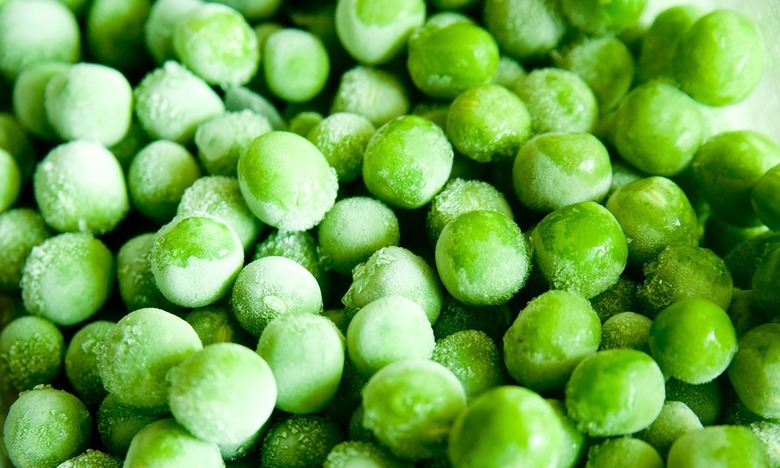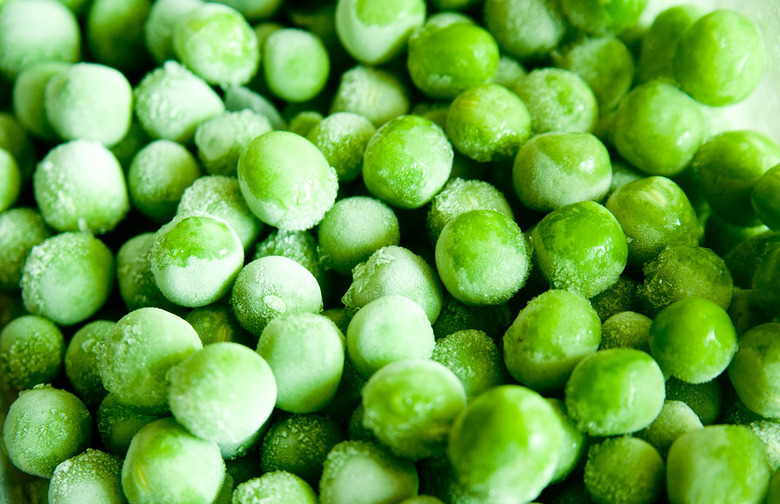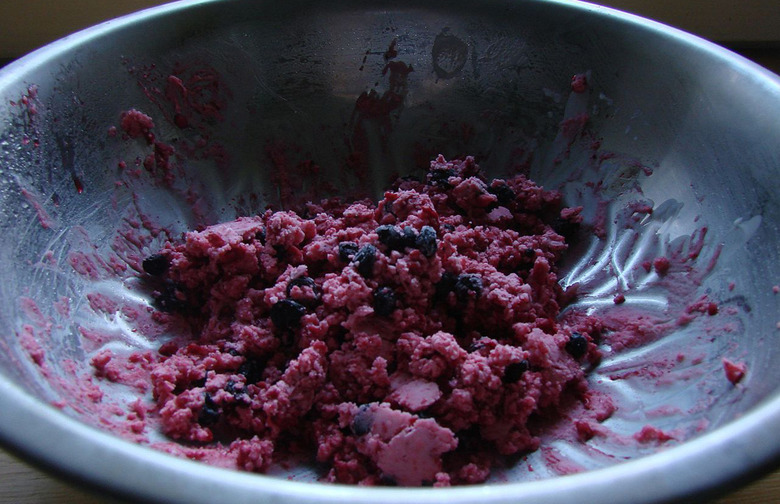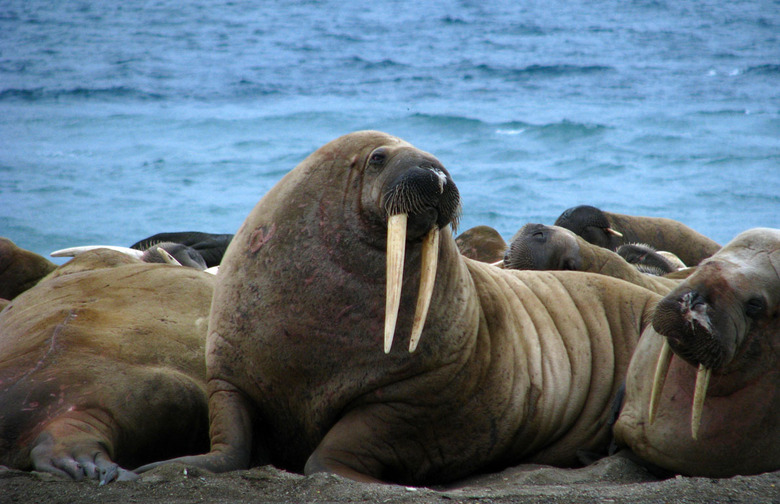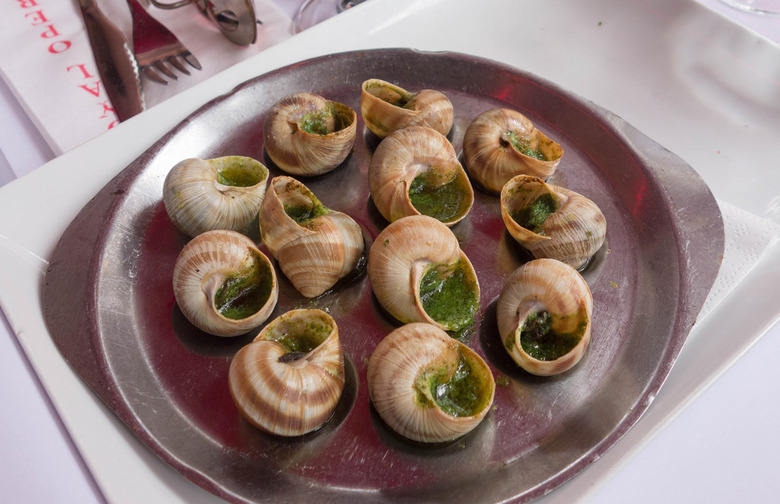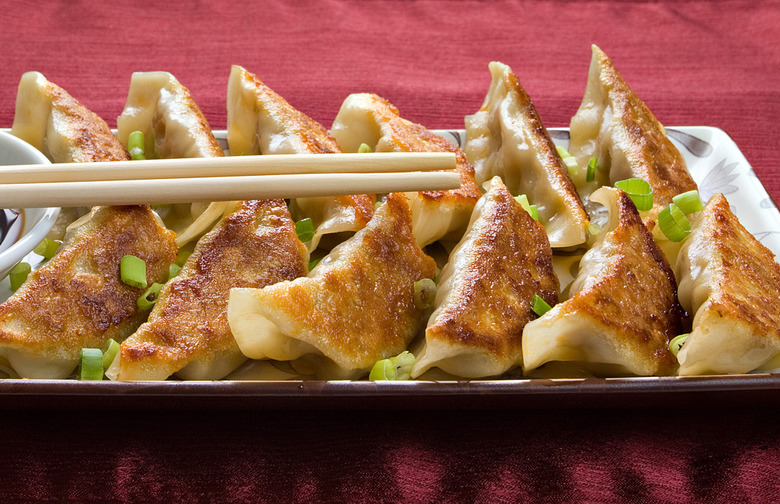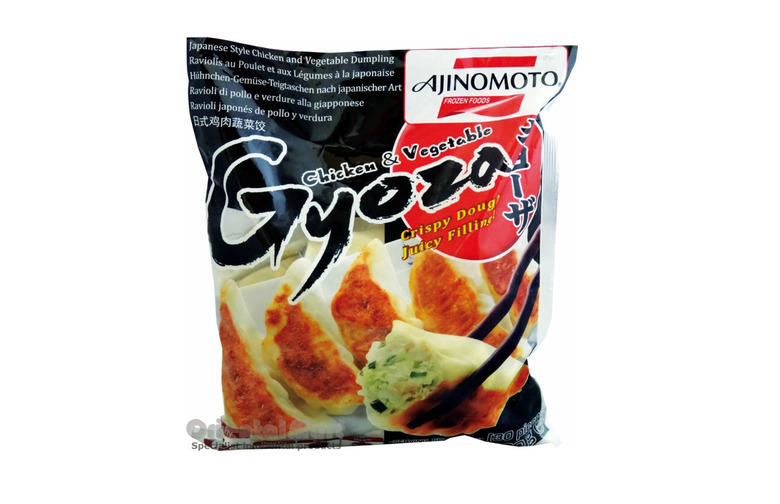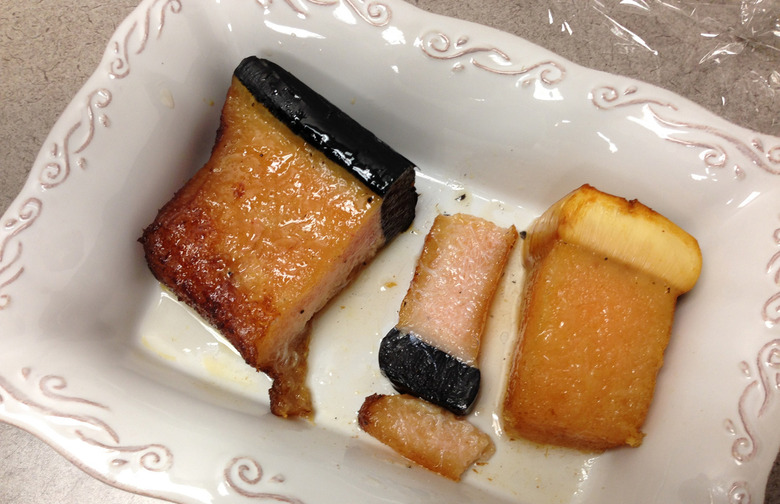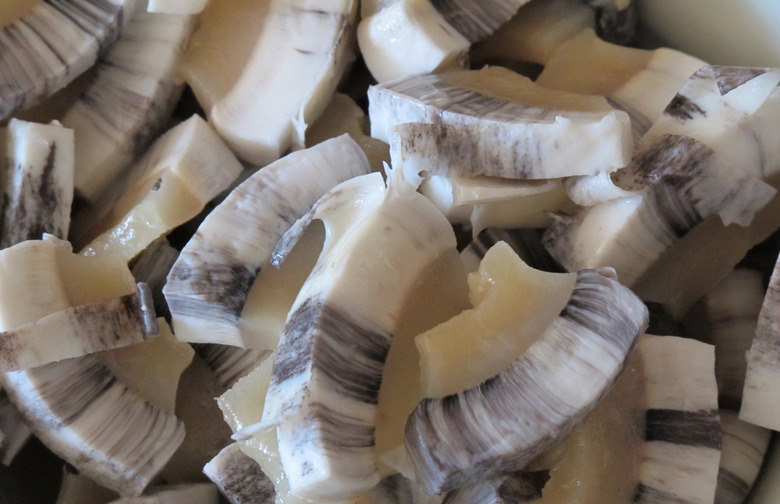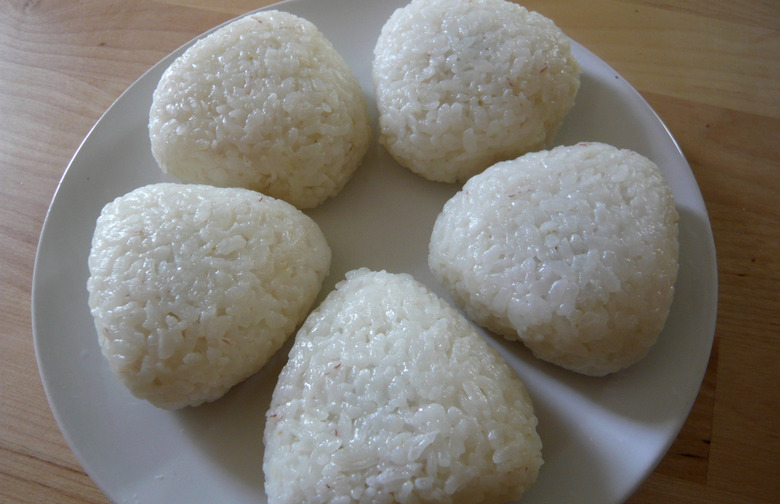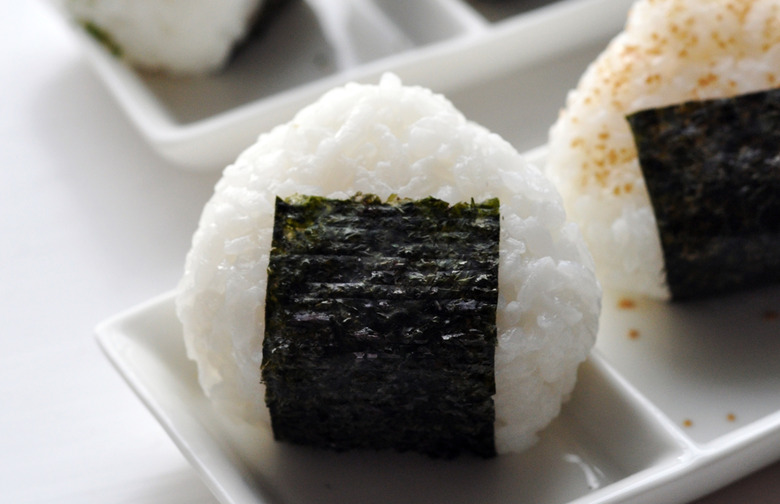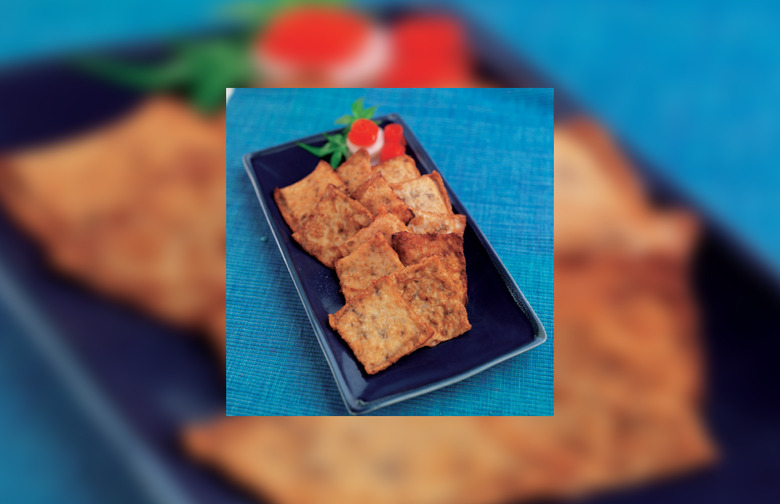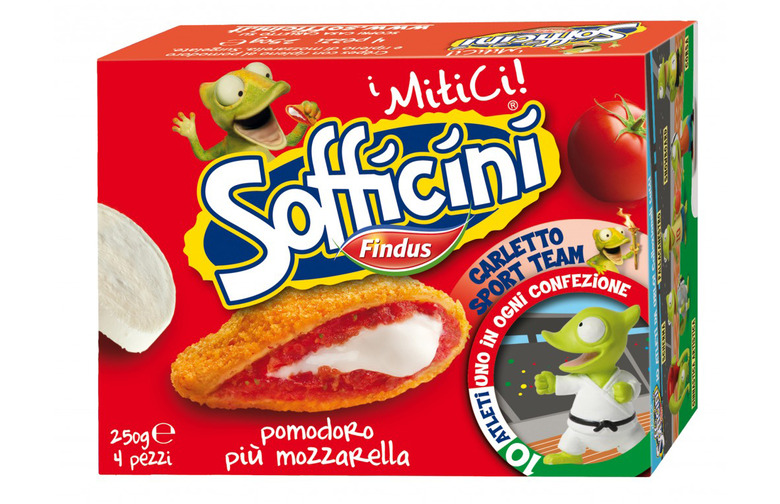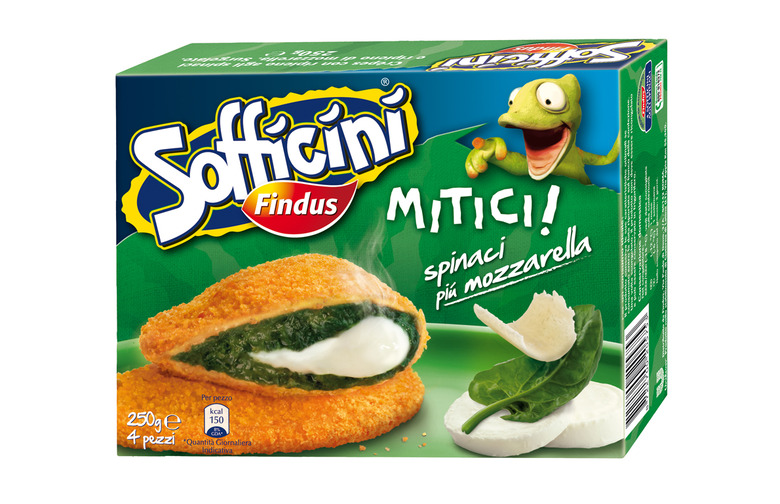What Frozen Food Looks Like Around The World Slideshow
What Frozen Food Looks Like Around the World
Many college students, hurried parents, and young professionals view frozen food as a go-to meal that does its part to lessen the stress in their busy lives. But Stouffer's lasagna, Marie Callender's chicken pot pies, and Ore-Ida French fries haven't been around forever. People living in very cold climates developed various food-freezing techniques long ago, but Clarence Birdseye is credited with inventing the quick-freezing method that first brought us modern frozen food in 1924. According to the Library of Congress, Birdseye was working as a fur trader in Canada when he realized that the fish he and a local Inuit caught together froze almost immediately after they pulled it from the water. Months later, he found the thawed-out fish to be no less tasty. Birdseye theorized that the best-tasting frozen food must be frozen very quickly, and this idea inspired his development of two different quick-freezing methods. Later on, he sold his company to Goldman Sachs for $22 million. The rest is history.
Frozen prepared food sales in the United States amount to over $14 billion, but it's important to note that frozen food isn't as popular in every country as it is in the U.S. In Italy, since fresh ingredients are available year-round, people often face a cultural difficulty in accepting the regular use of frozen food.
We looked up frozen food brands in other countries and expanded on a previous list of unusual frozen foods around the world to give you an idea of the way frozen food varies with these 13 different items.
Additional reporting by Nikkitha Bakshani.
Akutaq (Alaska)
Upon first glance, akutaq, which is also called "Eskimo ice cream," looks like a fruity ice cream similar to Ben & Jerry's Cherry Garcia. In fact, it's a combination of whipped fat and berries, with common additions of fish and sugar.
Akutaq (Alaska)
The traditional version, made with reindeer, walrus, or seal fat, is high in omega-3 fatty acids, but nowadays, the fat used is commercially available vegetable shortening, which is heavy in trans fats.
Alphabet Chicken Nuggets (Canada)
We're pretty familiar with alphabet soup and vaguely familiar with dinosaur chicken nuggets, but alphabet chicken nuggets? Whether you think that's YUM or EW, at least you can spell it out.
Escargot (France)
Some Americans might shudder at the thought of putting snails in the freezer, but in France, they're a delight for the last-minute party thrower — so long as he or she has the appropriate tongs to go with them.
Gyoza (Japan)
Gyoza, a type of dumpling, can be found in the frozen food section of grocery stores in Japan for only 200 yen (a little over $1.60).
Gyoza (Japan)
The 12-pack is manufactured by the company Ajinomoto. The dumplings can be reheated without water or oil.
Gulab Jamun (India)
The most fragrant item in the frozen aisle, gulab jamun is a doughnut-like snack made of deep-fried milk solids served in a syrup of rosewater, saffron, and/or cardamom.
Gulab Jamun (India)
They probably taste better fresh, but hey, if you can get your hands on some at the Indian grocery store, then you can skip the laborious process it takes to make them at home.
Kangaroo Burger (UK)
Muktuk (Greenland)
This Inuit dish consists of little pieces of frozen whale skin or blubber. It is usually eaten raw, like sushi, although it's also enjoyed breaded and deep-fried.
Muktuk (Greenland)
It is rich in vitamins C and D, but due to ocean pollution, it is also high in carcinogens.
Onigiri Rice Balls (Japan)
These grilled onigiri rice balls found in frozen food sections in Japan come from the company Nichirei. They're flavored with soy sauce and make a great snack between meals.
Onigiri Rice Balls (Japan)
Did we mention the unbeatable price? 300 yen (a little over $2.40), for 10 rice balls.
Seafood Beanskin (Singapore)
Seafood beanskin is processed by default; you just won't find tofu mixed with seafood and pounded into rectangular cakes in the wild.
Seafood Beanskin (Singapore)
With this in mind, buying it frozen is the way to go. It adds a nice, seafood-y flavor to noodle soups.
Seasoned Sliced Squid (Korea)
At a glance, seasoned sliced squid looks similar to spaghetti in marinara sauce.
Seasoned Sliced Squid (Korea)
However, the texture and pungency of this frozen meal is very, very unlike a regular pasta dish.
Sofficini (Italy)
Frozen-food brand Findus, which originated in Sweden, now sells products throughout Europe. One of its products, called Crispy Pancakes, is frozen pancakes with fillings and breadcrumb coatings.
Sofficini (Italy)
The product is called Sofficini in Italy, and flavor options include spinach, cheese and ham, and tomato and mozzarella.
Stouffer’s Welsh Rarebit (USA)
Welsh rarebit sounds like something you're more likely to find at a grocery store in the U.K. — and you probably will — but it's nice to know we can get our fix of bread in Cheddar cheese sauce here, too, in a frozen, convenient way.
Stouffer’s Welsh Rarebit (USA)
If you want to enliven things, add ham and watercress.
Vegetable Ice Cream (Japan)
These flavors of ice cream — tomato-cherry and carrot-orange (not cherry tomato and orange carrot) — are neither sorbets, nor are they very healthy.
Vegetable Ice Cream (Japan)
Nevertheless, they do make the freezer a tad more interesting.
